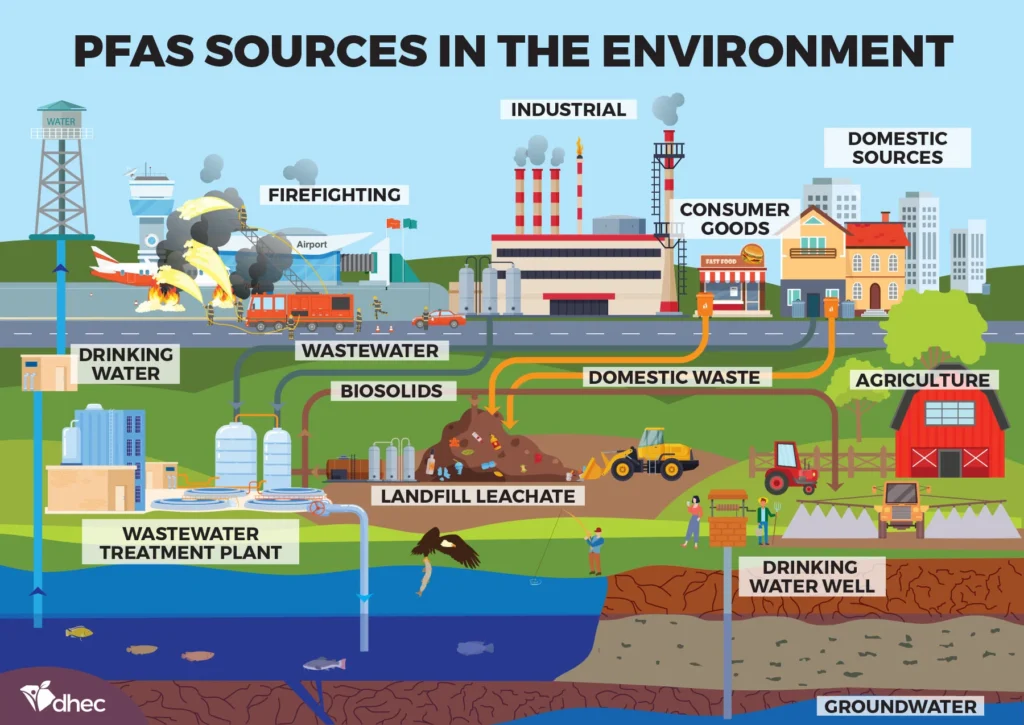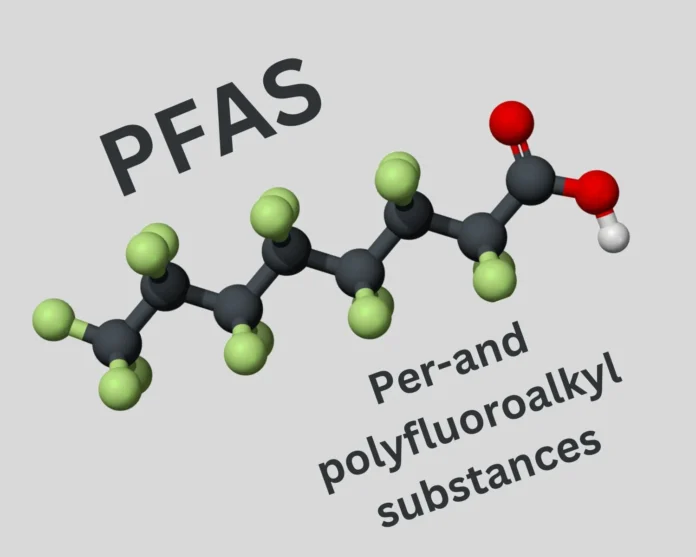Introduction
Per-and polyfluoroalkyl substances (PFAS) are widespread contaminants found in drinking water across the U.S. Known as “forever chemicals,” these substances are difficult to decompose and may be harmful to one’s health. Long-term exposure to PFAS has been linked to serious health issues, including cancer, immune system suppression, and developmental problems in infants and children. Identifying effective water filtration methods for PFAS removal is crucial to minimizing exposure and safeguarding public health.
Why PFAS Are Dangerous
PFAS chemicals are used in everyday products, including nonstick cookware, food packaging, and firefighting foam. Their strong chemical bonds make them resistant to breaking down in the environment, leading to their accumulation in water supplies. Once ingested, PFAS compounds remain in the body for extended periods, potentially leading to adverse health effects.
The Best Water Filters for PFAS Removal
Not all consumer-grade water filters are equally effective in removing PFAS. According to research conducted by the Environmental Working Group (EWG), certain water filter pitchers perform exceptionally well at filtering out PFAS. Among them, Epic Water Filters’ pitcher system stands out due to its carbon block technology, which effectively traps PFAS, chlorine, and lead.
How Carbon Block Filters Work
Joel Stevens, cofounder of Epic Water Filters, explains that their filters use “thousands of layers of carbon fibers wrapped around a block.” As water passes through these layers, PFAS molecules adhere to the carbon, significantly reducing contamination. Additionally, the company plans to launch a new pitcher filter capable of removing heavy metals and fluoride within the next three months. This enhanced filtration system aims to provide even greater protection against harmful contaminants found in tap water.
Alternative PFAS Filtration Methods
Aside from carbon block filters, reverse osmosis (RO) systems are another highly effective method for removing PFAS from drinking water. RO systems force water through a semi-permeable membrane, filtering out nearly all contaminants, including PFAS, heavy metals, and bacteria. While these systems tend to be more expensive, they offer superior filtration capabilities, making them ideal for households seeking comprehensive water purification.
Proper Disposal of Used Filters
While using an effective water filter can significantly reduce PFAS exposure, improper disposal of spent filters can lead to recontamination. Many consumers discard used filters in landfills, where PFAS can leach back into the environment. To combat this issue, Epic Water Filters offers a recycling program, allowing customers to return used filters for proper disposal. The plastic components are recycled, while internal filters are incinerated at high temperatures to neutralize contaminants.
The Environmental Impact of PFAS Disposal
Research by Stoiber and her team suggests that incineration of PFAS-laden materials can release harmful compounds unless conducted at extremely high temperatures—above 1,500 degrees Celsius (2,730°F). Scientists are currently exploring chemical additives like granular activated carbon to lower the heat required for breaking down PFAS molecules effectively. The development of safer, more sustainable disposal methods is crucial to preventing further environmental contamination.

The Need for Community-Level PFAS Treatment
While personal water filters provide an immediate solution, community-wide filtration systems are necessary for long-term safety. “The cost of clean drinking water shouldn’t fall solely on individuals,” says Stoiber. Municipal treatment plants in cities like Tampa, Florida, are already implementing large-scale PFAS filtration. However, national implementation could cost billions of dollars. Governments must invest in advanced filtration infrastructure to ensure safe drinking water for all citizens.
Government and Corporate Responsibility
While individual action is essential, addressing PFAS contamination at its source requires stronger regulations and corporate accountability. Some industries continue to use PFAS in manufacturing despite evidence of their harmful effects. Holding companies accountable for PFAS pollution and enforcing stringent water safety standards are critical steps in mitigating widespread contamination.
The Fight for Stronger PFAS Regulations
Despite growing awareness, there is concern over potential rollbacks of newly established PFAS regulations. “We are fighting to protect the drinking water laws that were just passed,” says Stoiber. Ensuring stringent enforcement of these regulations is crucial for reducing PFAS contamination at the source. Public advocacy and legal actions against polluting industries can help uphold these protections and push for even stricter regulations in the future.
Final Thoughts: Protecting Your Drinking Water
Until comprehensive solutions are in place, individuals can take proactive measures to reduce PFAS exposure by:
- Using high-quality carbon block filters for home water filtration
- Investing in reverse osmosis systems for maximum contaminant removal
- Participating in recycling programs to properly dispose of used filters
- Supporting community-wide PFAS treatment efforts
- Advocating for stronger environmental regulations
- Staying informed about new PFAS research and filtration technologies
By staying informed and taking action, we can all contribute to safer drinking water for future generations. Addressing PFAS contamination requires a multi-faceted approach, combining personal responsibility, government intervention, and corporate accountability to ensure clean water access for all.


